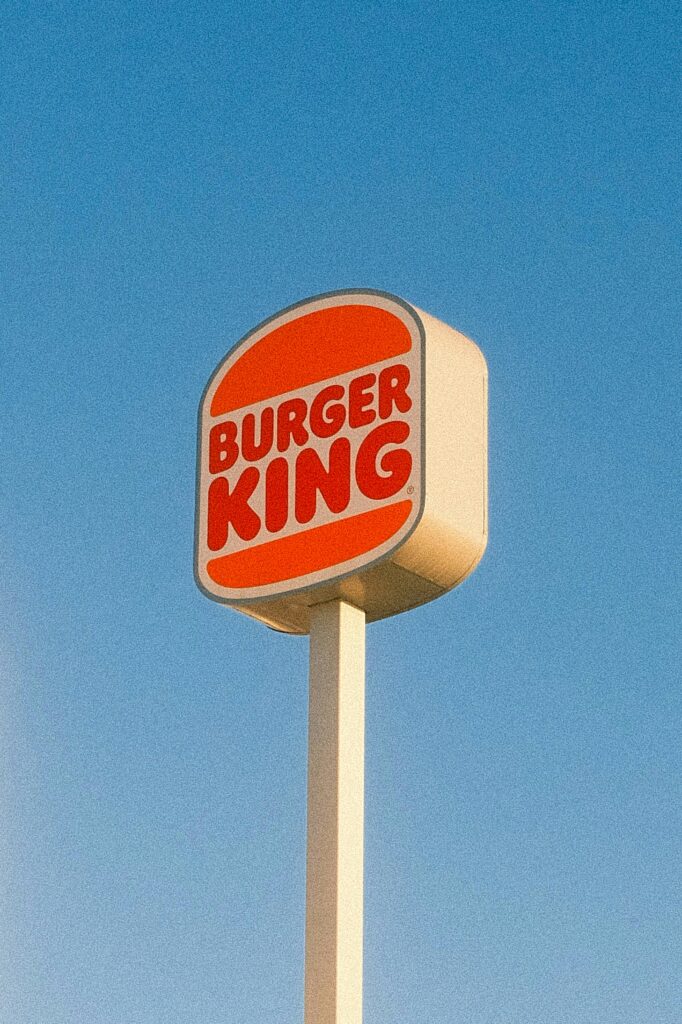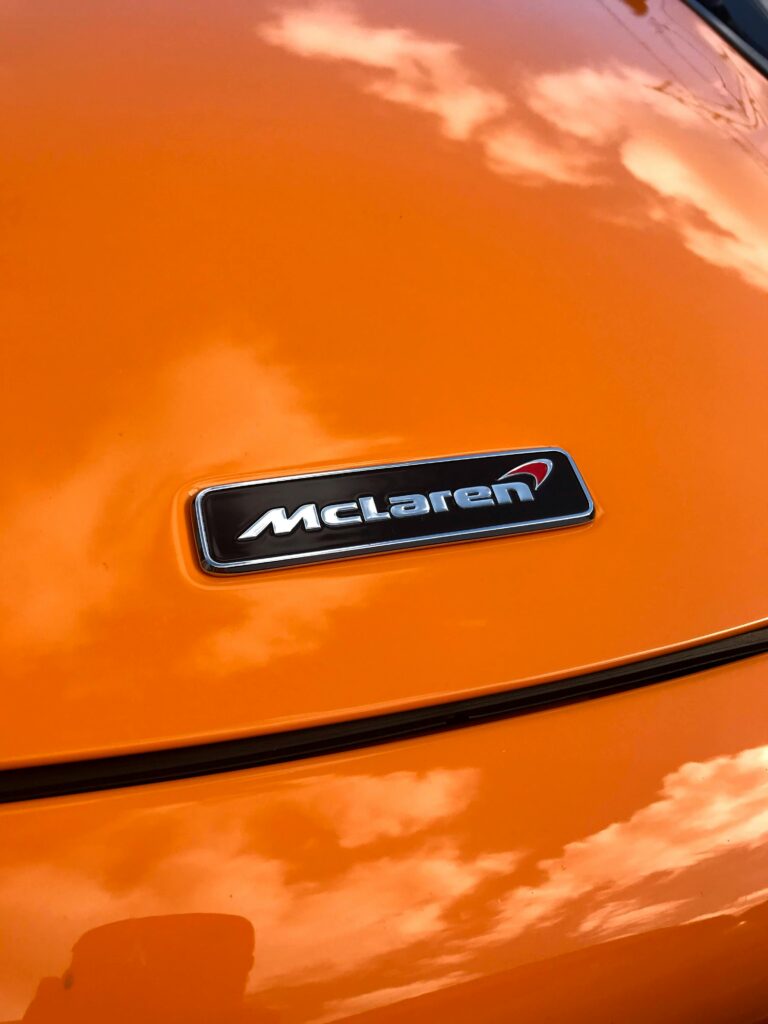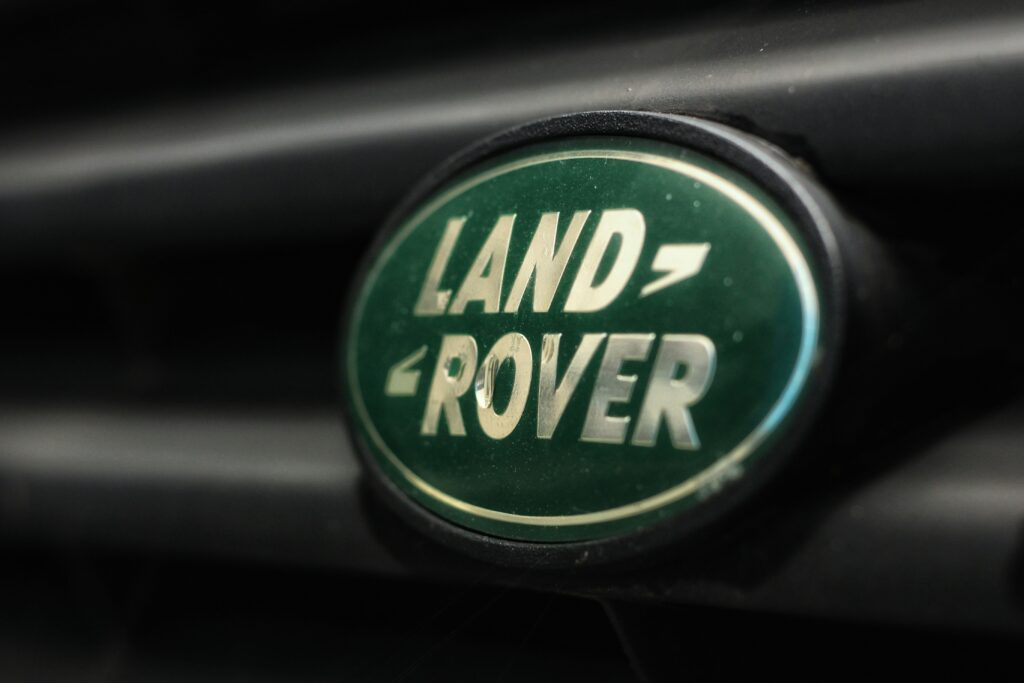Artists usually fall in love with their craft at a young age, as it feeds the creative side of their soul, providing them with a space to freely express themselves. This unlimited freedom isn’t always realistic when pursuing a career in the world of graphic and type design though. It requires compromise and an understanding of the audience’s psychology.
This has certainly been the case for the London based type designer Miles Newlyn, who is the brains behind some of the most renowned logos in the world. From cars to fast food he’s designed it all.
When Miles was new to the corporate industry, it was easy for his creative side to get in the way of delivering a beneficial brand for the business: “When I started , I wanted to push my creativity and revolutionise the industry in terms of what you can do with corporate identity rather than consider what’s right for the client.”
A subconscious understanding of what makes people tick has been crucial for the designer: “It’s all about having a bit of empathy, I think, and knowing your audience and what motivates them.”
This avenue of working for brands has put constraints on his artistic freedom, which took time for him to understand: “ I think the main lesson I learnt was that you can create the world’s most amazing, beautiful and interesting brand for a business. But whether the business can actually live up to that and work with it and fulfil the promise that that brand has is a different question.”
This taught him that no matter how good a design looks, if the business can’t live up to it, it doesn’t work, often limiting him to only small adjustments. But sometimes the biggest limits aren’t outside; they come from within.
“The people with the biggest ego seem to be doing boring work. You can kind of destroy your own freedom because you tell people who you are, and then you have to live up to that. I’m happy designing a logo for a friend’s business as much as I am doing one for a multinational business. I don’t really get a kick out of it being a big job.”



Miles’ passion for graphic design isn’t rooted in big billboards but in his love for art as a child: “I’ve loved drawing since I was 5 years old. I wasn’t interested in learning to read; the words in massive encyclopedias didn’t mean anything to me; instead, they were like thousands of pretty illustrations.”
Remembering this playful side of him has allowed him to channel his youth into his work: “In my teens I was always skating down at the Southbank; I loved the stickers and graphic designs on skateboards, surfboards and snowboards. I also liked the worn look of punk records. So this combination of decay and wanting to make things shiny and new was one of the stylistic axes which interested me.”
In many ways his wide range of interests has mirrored his artistic journey as a type designer: “I’ve never set out to develop a style, but I like things to look fresh and new and sort of have that kind of glossy desirability which appeals to people, which has positioned me ideally for capitalism.”
Mile’s liberal views of the world have allowed him to take pieces of inspiration from a broad range of places: “I’ve spent plenty of time in the British Museum looking at classical sculptures and architecture like Greek temples. It helps me think about form and proportion and whether there are any rules or guides within that sort of subject that I could learn from.”
This has helped him to understand what people are visually drawn to, as he has developed a respect for the rules written through history: “Type design is an ancient practice, and the proportions of those classical fonts like Times New Roman are what we find comfortable to look at. You can deviate from them to draw attention, but they’re always there in the background saying what’s right and what’s wrong.”
Miles’ curiosity doesn’t just allow him to reflect on history but also to consider what’s next in this fast-paced world. Companies no longer settle for timeless designs, as they constantly pursue the next thing: “I began to realise that the cycle of company branding is getting shorter, and companies have a rebrand every five years. So I try to design logos which look great for five years rather than trying to design something which looks great forever.”
So what’s next for design?
“The future for society is unknown; we don’t know which way it’s going, so maybe that unknownness is the best way to communicate the future right now.”
Change isn’t a bad thing and is necessary but is feared by many: “I really liked the Jaguar rebrand from a typography viewpoint; it was kind of futuristic. They got rid of their existing customer base of middle-aged white men and targeted the new market. And these are people who are going to drive capitalism, like influencers living in Dubai.”
Company rebrands can be risky business, as Jaguar received a lot of backlash, but this doesn’t faze Miles: “I like it when people don’t like a design. The worst thing would be to have no reaction.”
Design isn’t just about making something look nice. It’s not about the pursuit of billboards and high paychecks; it’s about embracing different challenges and creating meaningful work that breeds intrigue and excitement. The future is unpredictable and in this ever-evolving landscape, the ability to adapt and innovate becomes crucial, but that’s exactly what makes design exciting right now.

